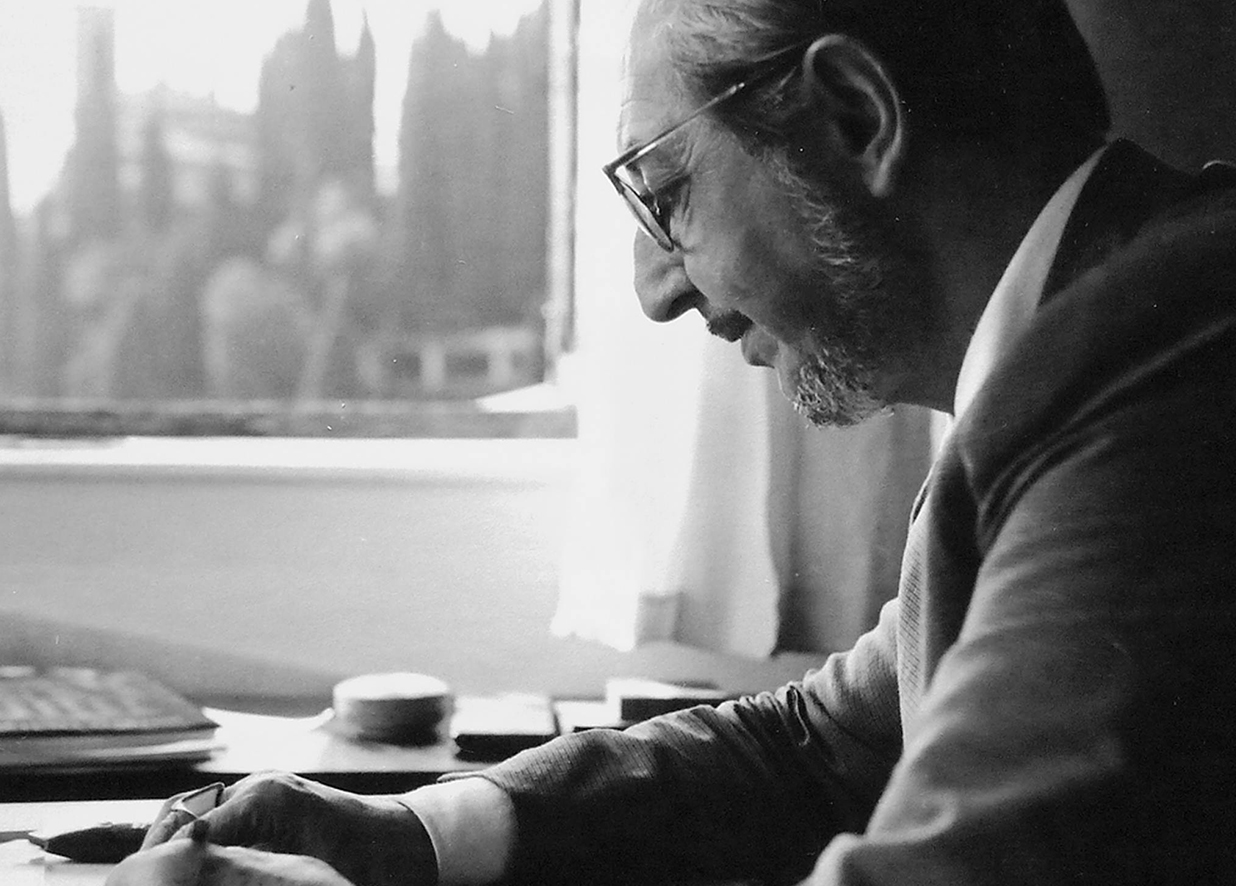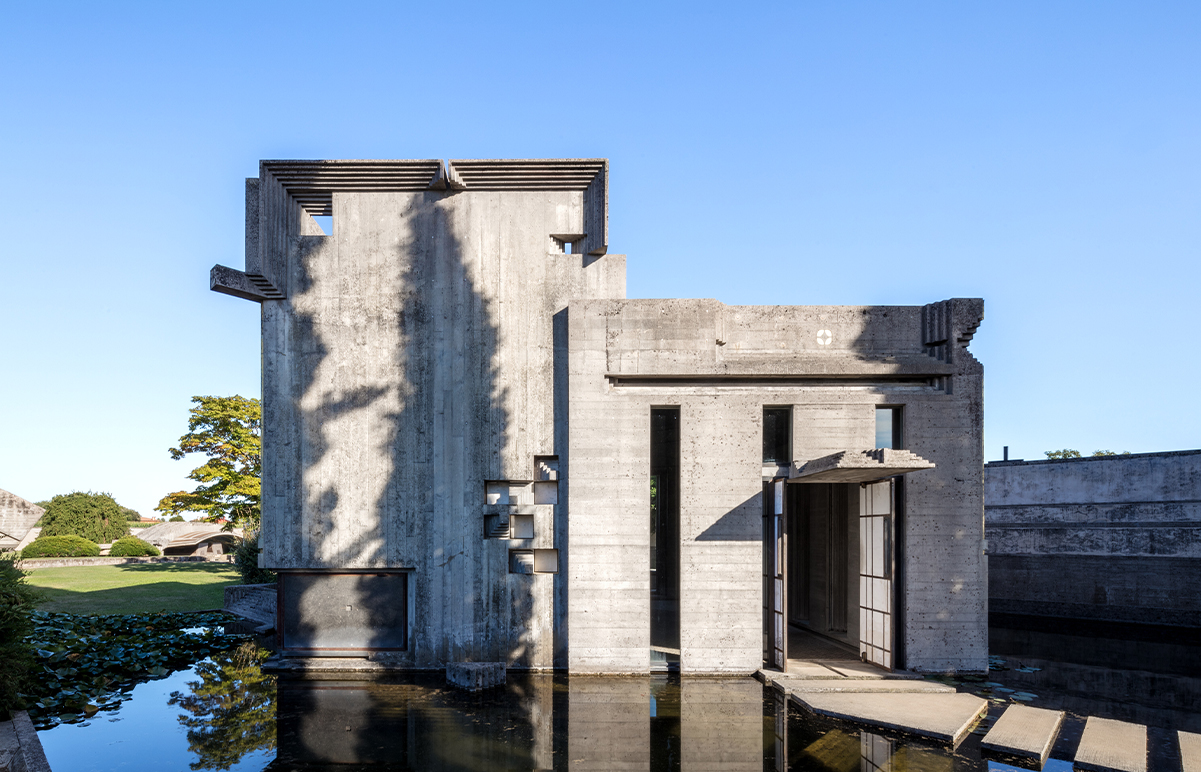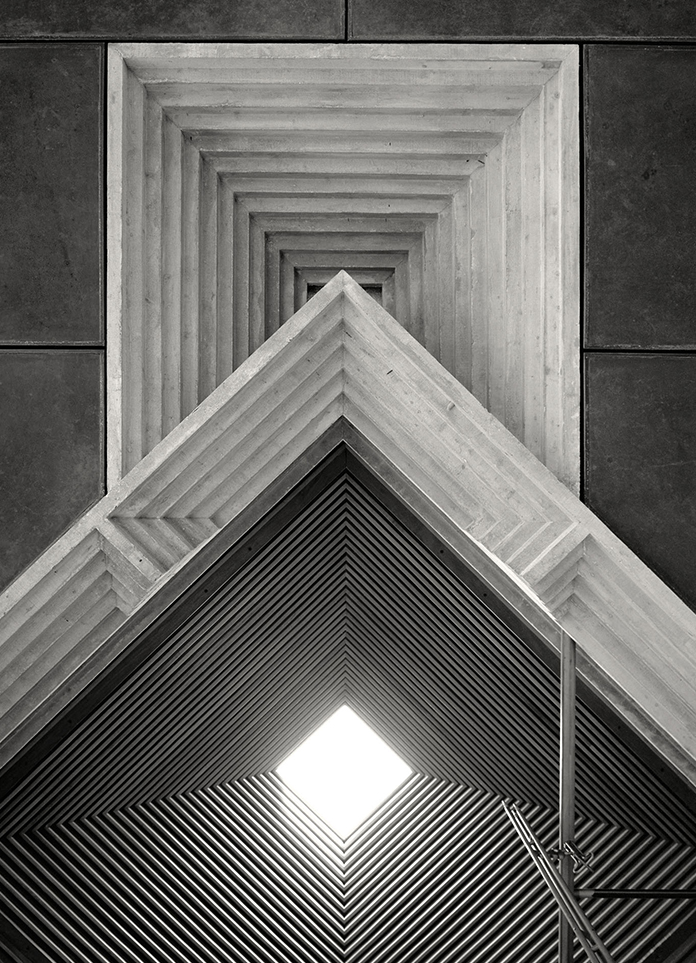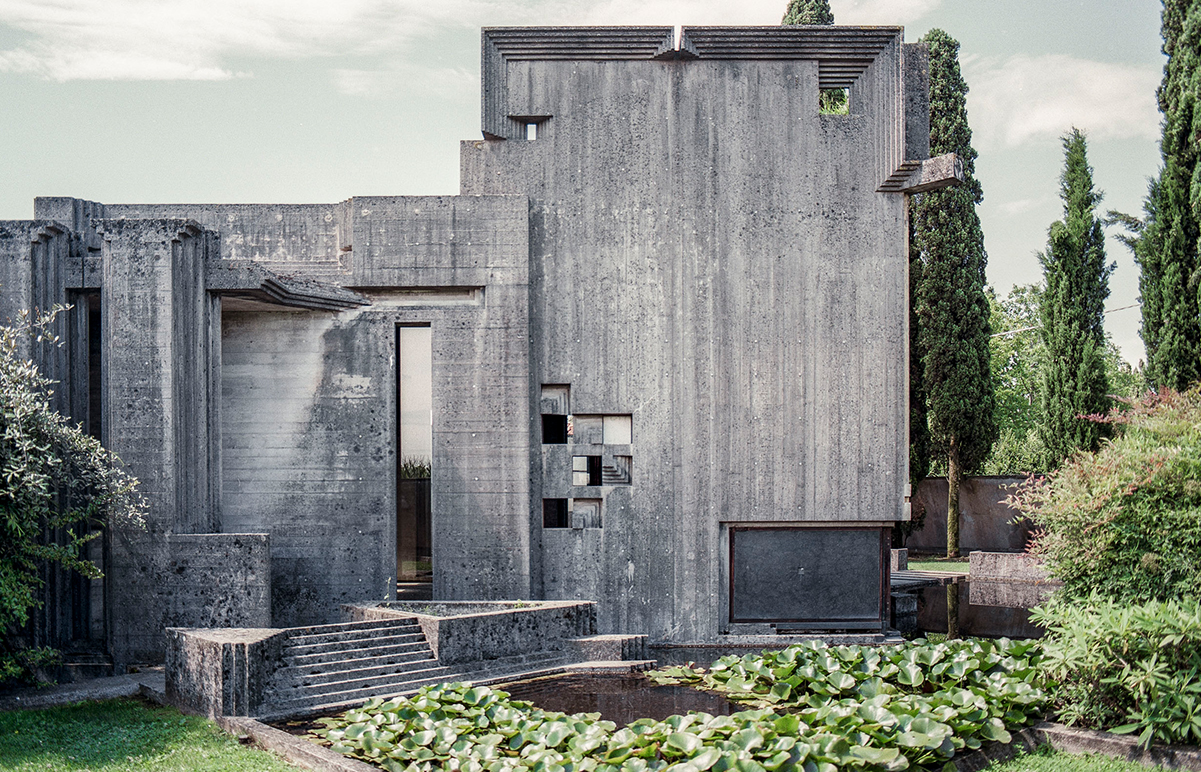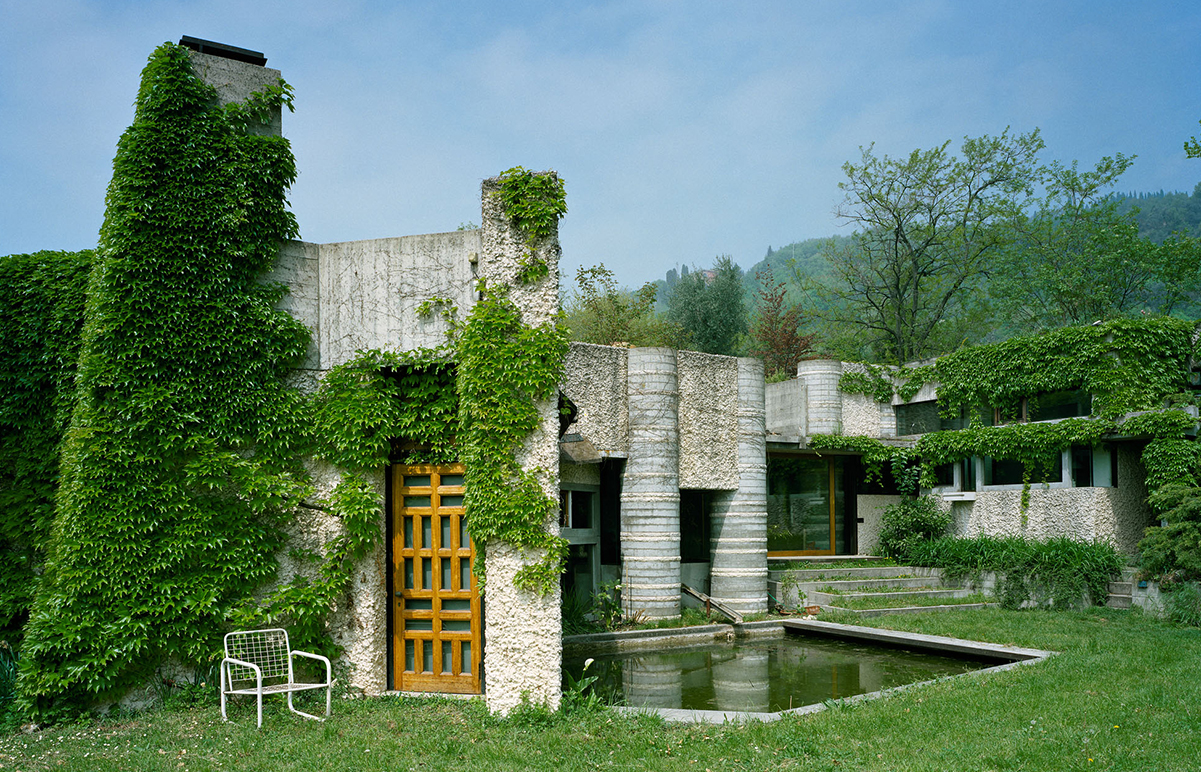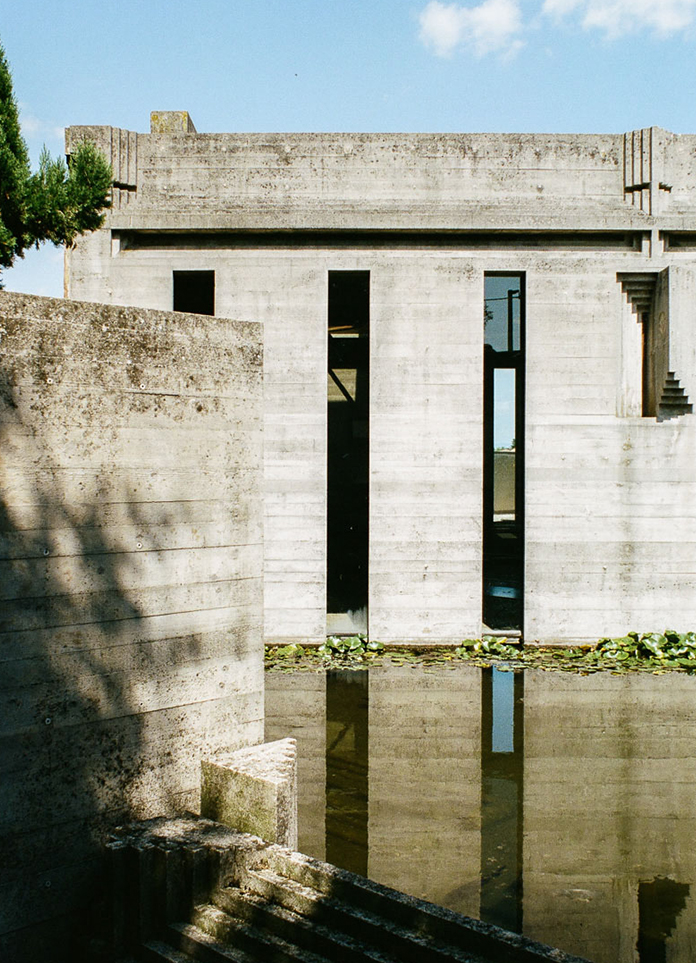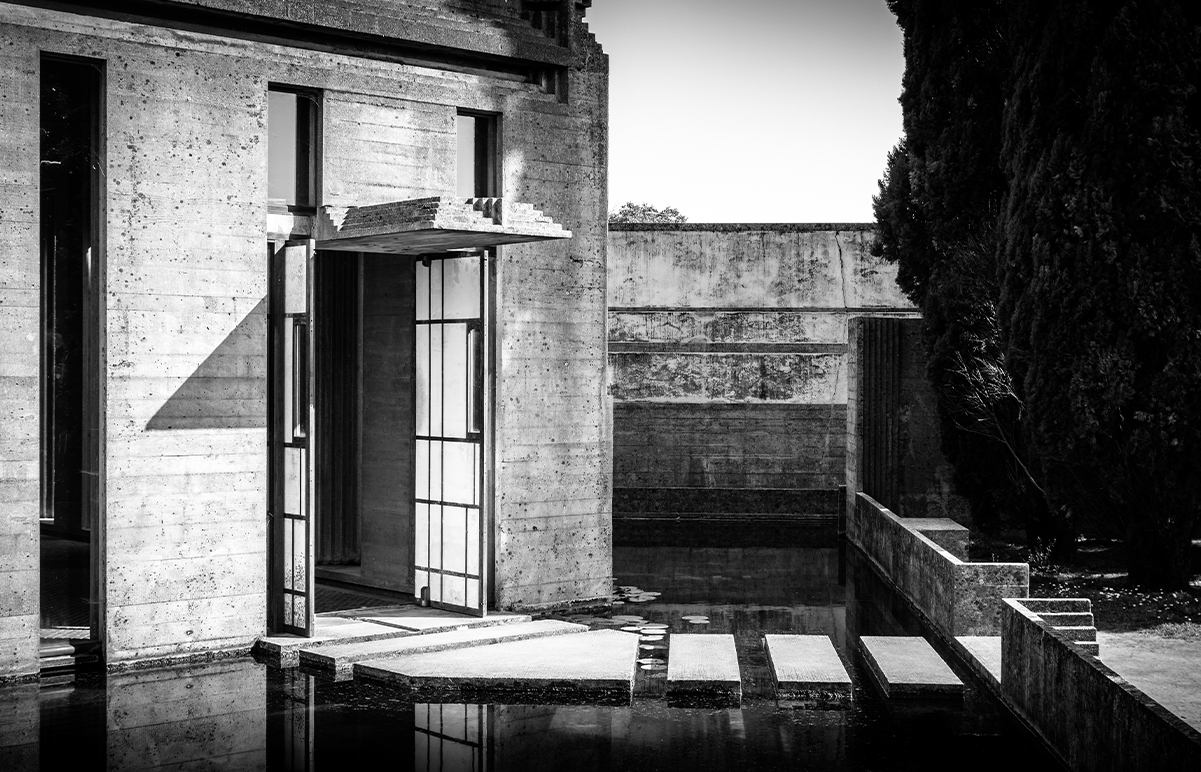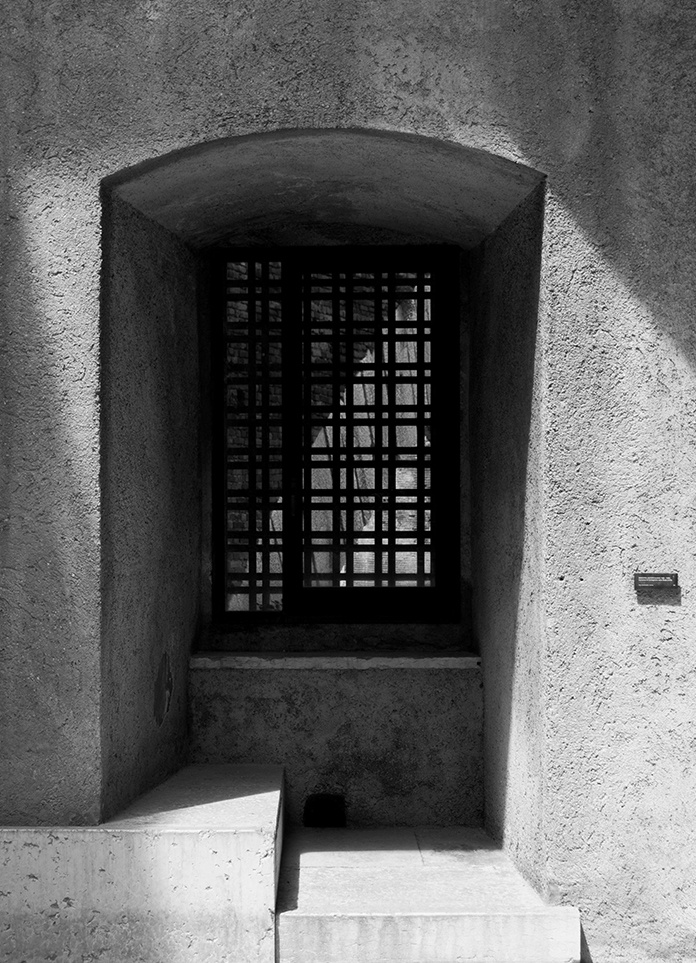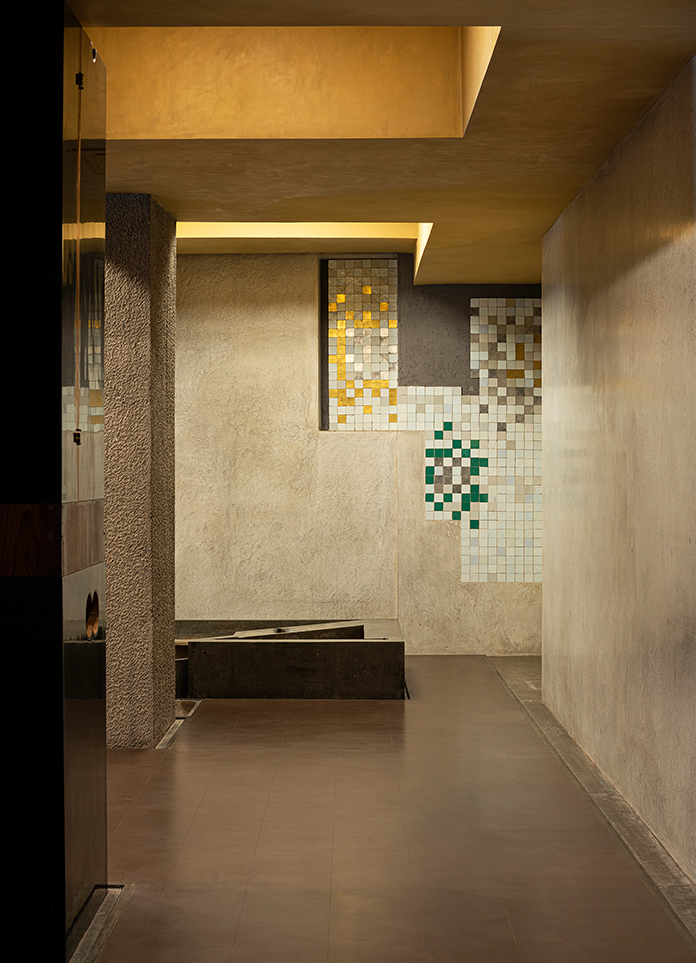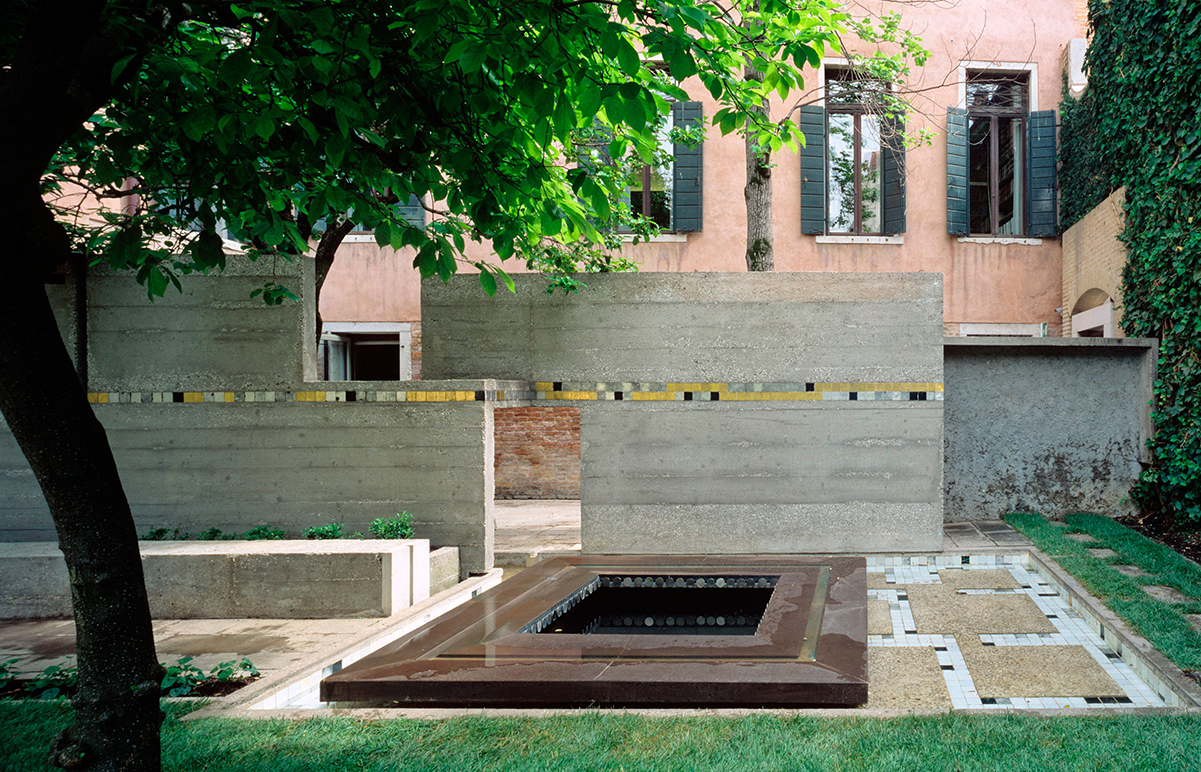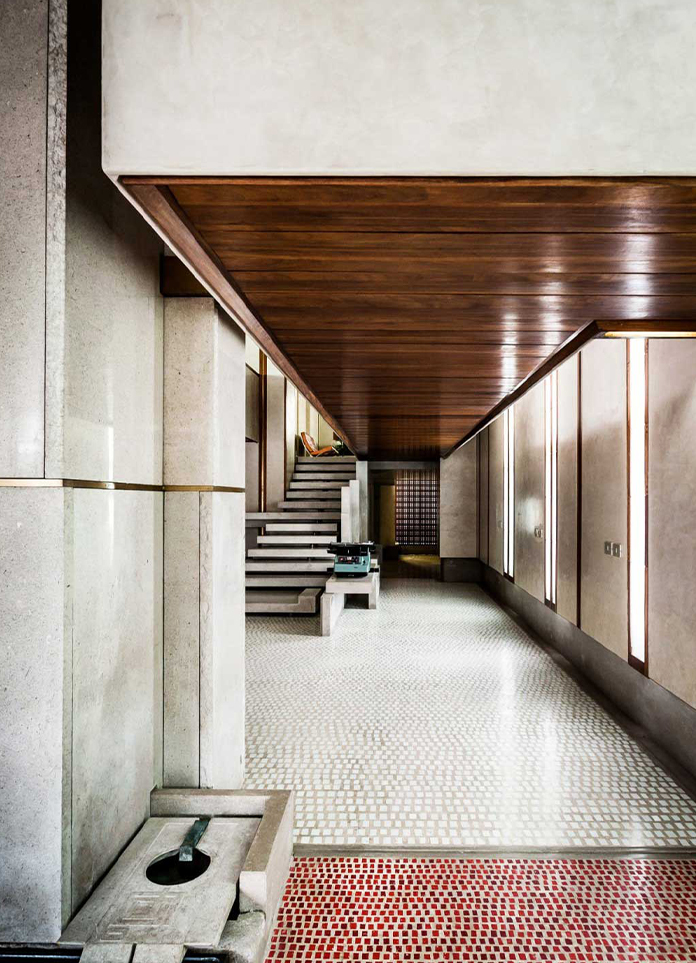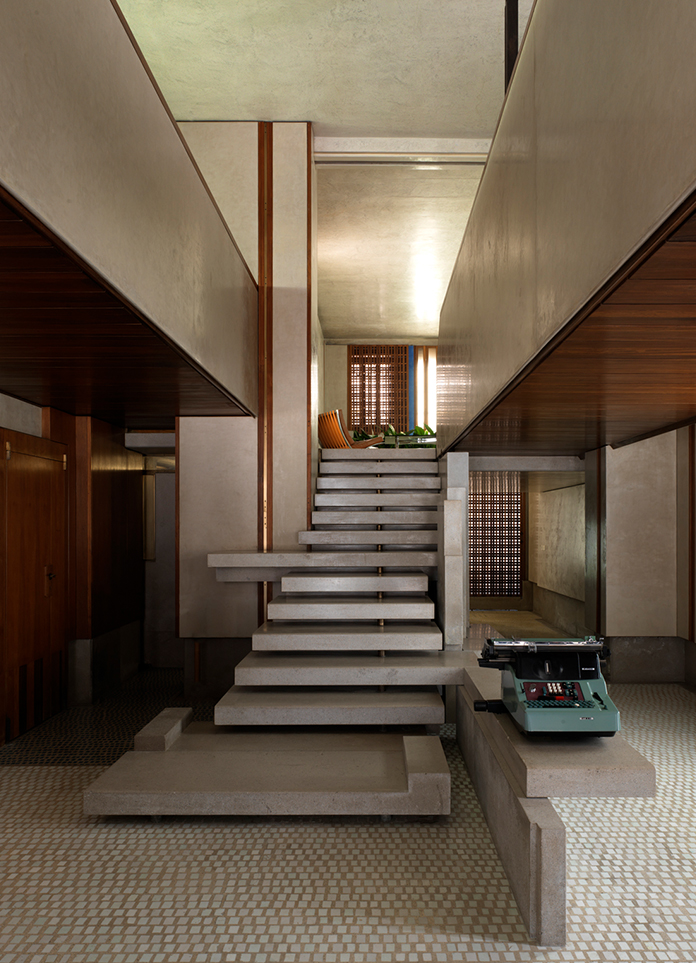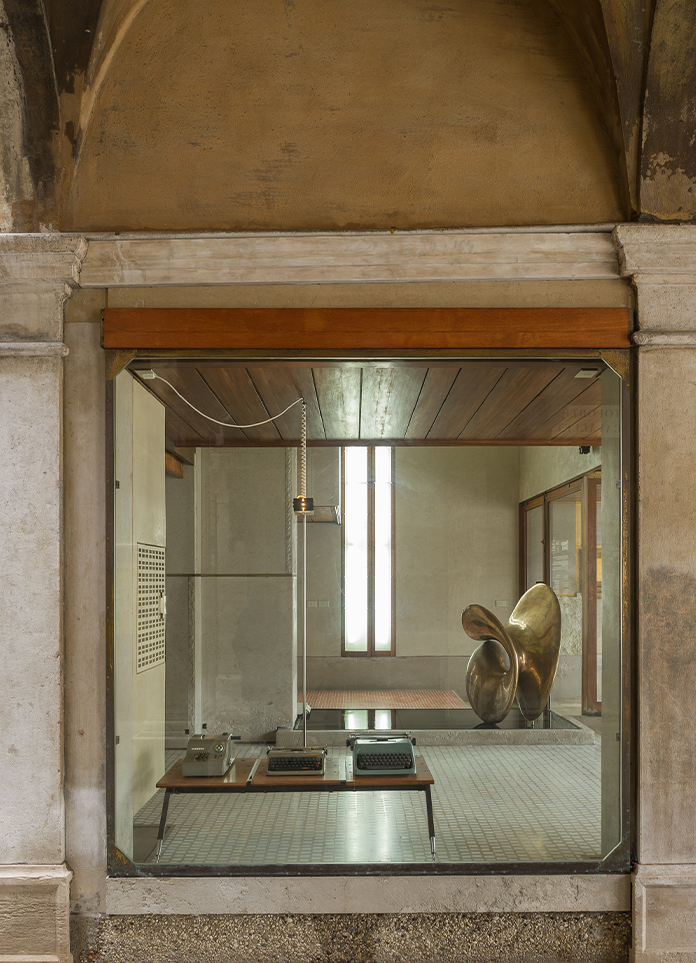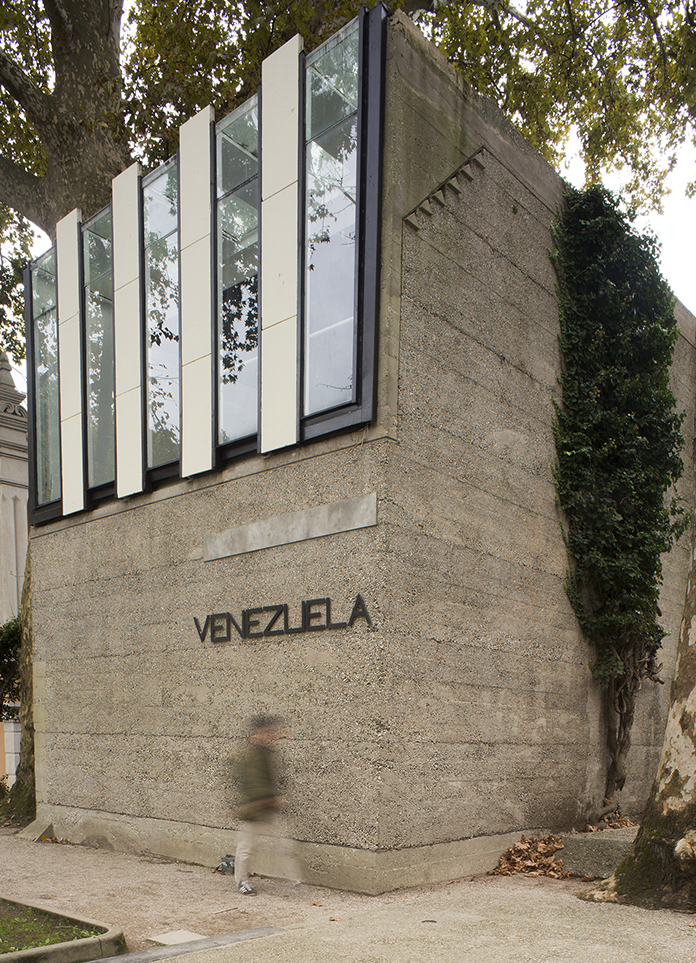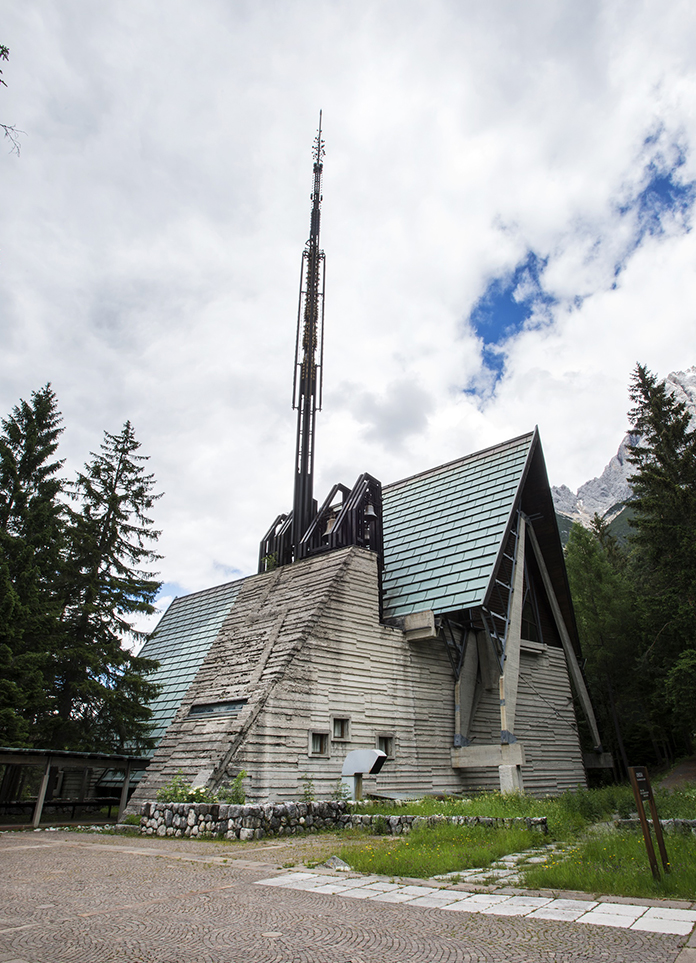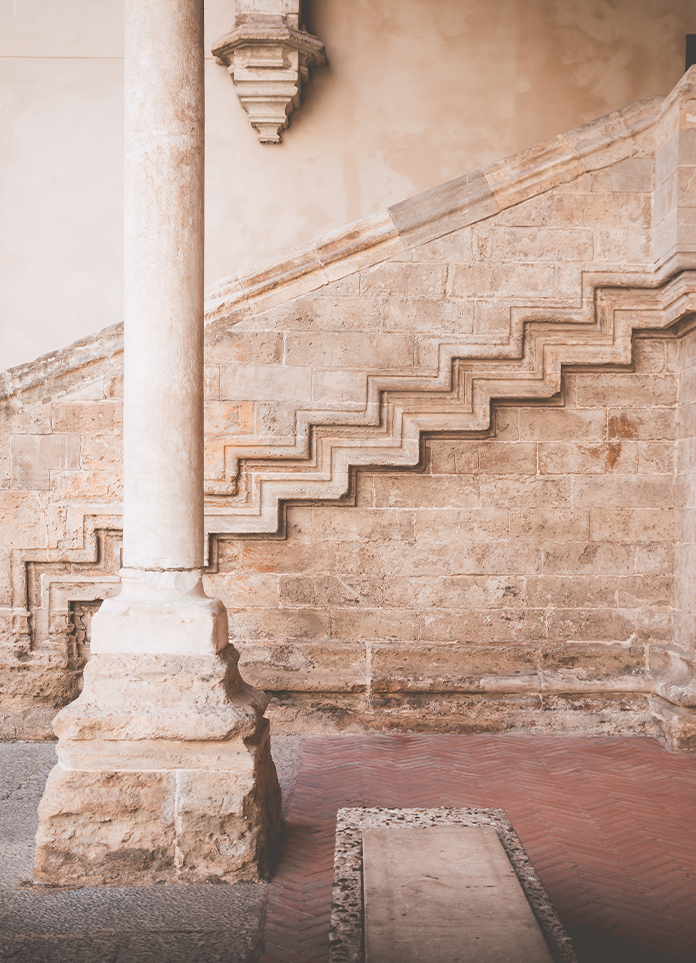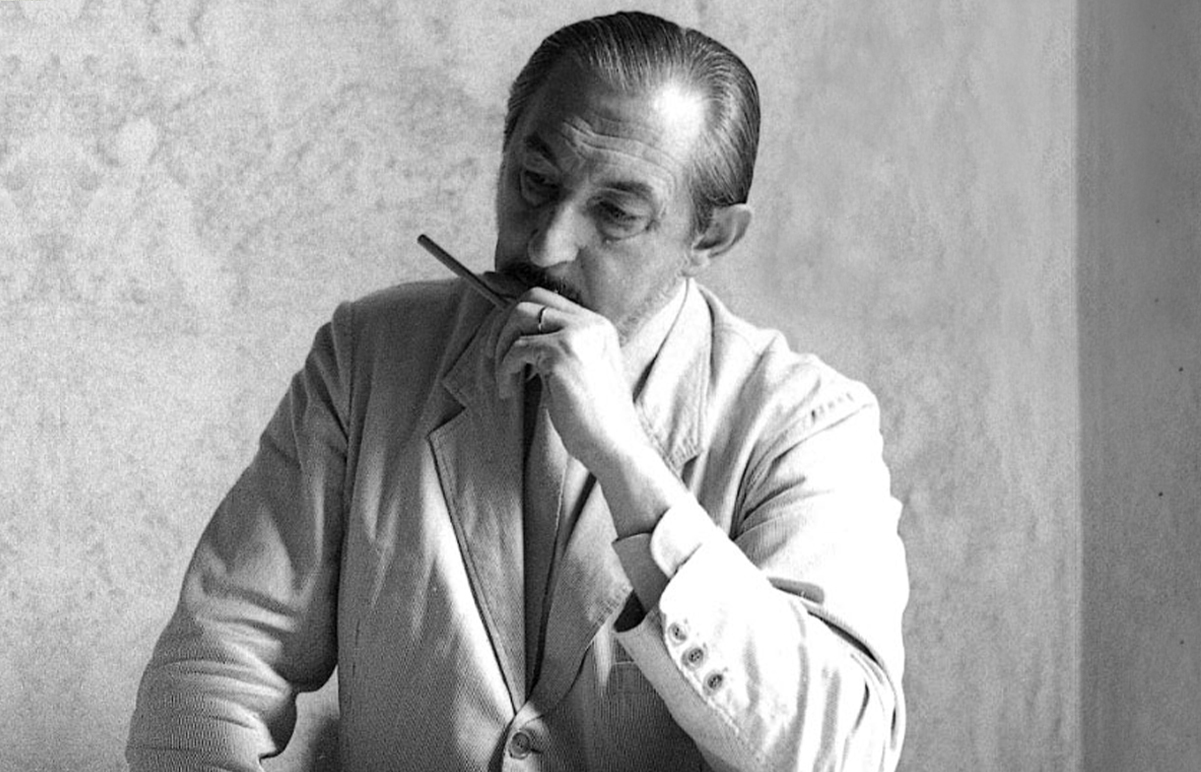
Carlo Alberto Scarpa(1906-1978)
If the architecture is any good, a person who looks and listens will feel its good effects without noticing.
Carlo Scarpa (2 June 1906 – 28 November 1978) was an Italian architect, influenced by the materials, landscape, and the history of Venetian culture, and Japan. Scarpa translated his interests in history, regionalism, invention, and the techniques of the artist and craftsman into ingenious glass and furniture design.
An architect who renovated existing buildings, Carlo Scarpa is often called one of the most underappreciated modern masters. His aesthetic was defined by an obsession with detail, numerology, and history. Scarpa is best known for his architectural works, including the elegant renovation of the Museo di Castelvecchio in Verona, but he also designed furniture, such as the award-winning Doge table for Simon/Gavina.
Born in Venice in 1906, he graduated from the Royal Academy of Fine Arts in Venice and went on to be the director of Venini Glassworks from 1932 to 1947. It is there that Scarpa’s distinct approach to materials and craftsmanship began to emerge. His travels to Japan and the influence of other architects he admired — he idolized Frank Lloyd Wright — began to inform his work. The strict angular composition of his structures was always complemented by a spiritual element. No project was alike, and each had a unique history and strong connection to its surroundings. In 1968, Scarpa took on his final project, a private burial in the Brion Cemetery near the Dolomite Mountains. The tomb would end up being the architect’s final resting place.
A master of combining form with material, Scarpa honoured crafts with modern manufacturing processes delivering spaces that balanced old with new, none more so evident than in the renovation of Museo Castelvecchio (1964) A revelation at the time, today this has become a common approach when renovating original buildings.
Scarpa's style is timeless, his attention to detail is masterful and his approach to architectural elements are unique. You need a lifetime to digest every element. above all, he was exceptionally skillful in knowing how to combine a base material with a precious one.
